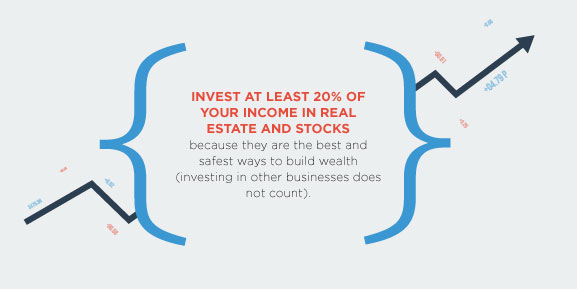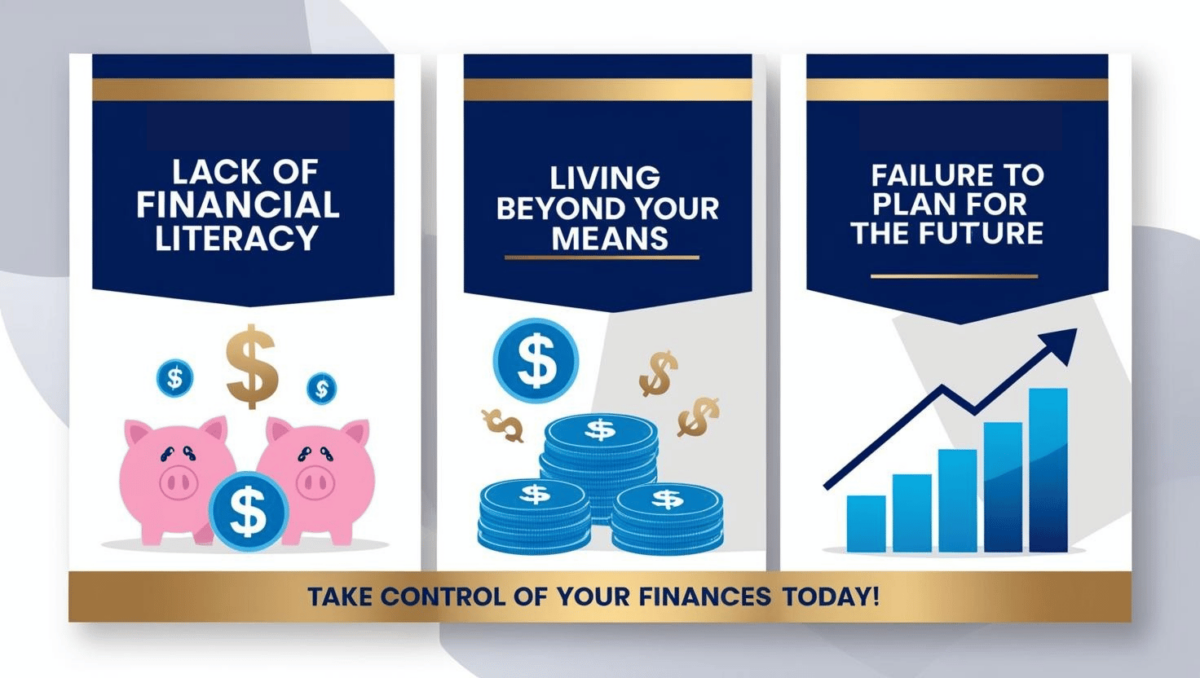The Biggest Investing Mistake: Waiting for the Perfect Time
Many people delay investing because they believe they need a large sum of money or must wait for the “perfect time” to enter the market. The reality? Financial freedom isn’t about timing the market—it’s about time in the market. The earlier and more consistently you invest, the more wealth you build. Invest every month for financial freedom, and you’ll be amazed at the results over time.
One of the simplest and most effective strategies for wealth-building is Dollar Cost Averaging (DCA)—a method that helps you grow your investments steadily, avoid emotional decisions, and leverage the power of compounding interest.
What is Dollar Cost Averaging (DCA)?
Dollar Cost Averaging is an investment strategy where you invest a fixed amount of money at regular intervals—regardless of market conditions. This means you buy more shares when prices are low and fewer shares when prices are high, ultimately averaging out your purchase price over time.
Example of DCA in Action:
Imagine you invest $500 per month into a stock market index fund:
- In a month when prices are high, your $500 buys fewer shares.
- In a month when prices are low, your $500 buys more shares.
- Over time, your cost per share averages out, reducing the risk of investing everything at a market peak.
Why DCA Works:
✅ Eliminates Emotional Investing – No need to worry about when to buy or sell.
✅ Reduces Market Timing Risks – You benefit from long-term market growth rather than short-term swings.
✅ Builds Wealth Consistently – Small, steady contributions grow significantly over time.
Automate Your Investments
The best way to stick with DCA is to automate your investments. Set up an automatic monthly transfer to an investment account, ensuring you stay consistent and take advantage of long-term growth. Invest every month for financial freedom, and let compounding do the rest.
The Power of Compounding Interest
Compounding interest is what turns small, consistent investments into massive wealth.
How It Works:
- Your investments earn returns.
- Those returns are reinvested, generating even more returns.
- Over time, this cycle accelerates, creating exponential growth.
Example of Compounding Interest:
If you invest $1,000 at an 8% annual return:
- After 1 year, you have $1,080.
- After 2 years, you earn 8% on $1,080, growing to $1,166.
- After 30 years, that $1,000 turns into $10,062—without adding a single extra dollar!
💡 Lesson: The earlier you start, the more powerful compounding becomes. Even small amounts invested today can lead to significant wealth.
The Rule of 72: How Your Money Doubles
The Rule of 72 is a simple formula to estimate how long it takes for your investment to double based on its return rate.
Formula:
72 ÷ Annual Interest Rate = Years to Double
Example:
- If your investments earn an 8% return, your money doubles every 9 years (72 ÷ 8 = 9).
- If you start with $10,000, in 9 years it becomes $20,000, then $40,000 in 18 years, then $80,000 in 27 years—without adding more money!
💡 The sooner you start, the more doubling cycles you get.
NAHREP Discipline #5: Invest at Least 20% of Your Income
The National Association of Hispanic Real Estate Professionals (NAHREP) created 10 disciplines for wealth-building, and Discipline #5 emphasizes investing at least 20% of your income in appreciating assets.

Why This Rule Matters:
✅ Creates Generational Wealth – Investing in real estate, stocks, and businesses ensures long-term financial security.
✅ Shields You from Inflation – Your money grows rather than losing value in a savings account.
✅ Builds Passive Income – Investing allows your money to work for you instead of you working for money.
🔗 Learn more about NAHREP’s 10 Disciplines: NAHREP 10 Disciplines
Your Future Self is Waiting: Take Action Today
Imagine looking back 10 years from now, knowing you started investing today. The key to financial success is not how much you invest, but how early and consistently you do it.
Your Next Steps:
✅ Start Now – Begin with any amount and stay consistent.
✅ Commit to Your Financial Future – Small monthly investments compound into significant wealth.
✅ Need Guidance? Contact Mark for expert direction on improving your financial future.
Schedule a consultation with Mark
The best time to invest was 10 years ago. The second-best time? TODAY.
#Investing #FinancialFreedom #DollarCostAveraging #CompoundingInterest #WealthBuilding #PassiveIncome #MoneyGrowth #RuleOf72 #NAHREP #SmartInvesting



